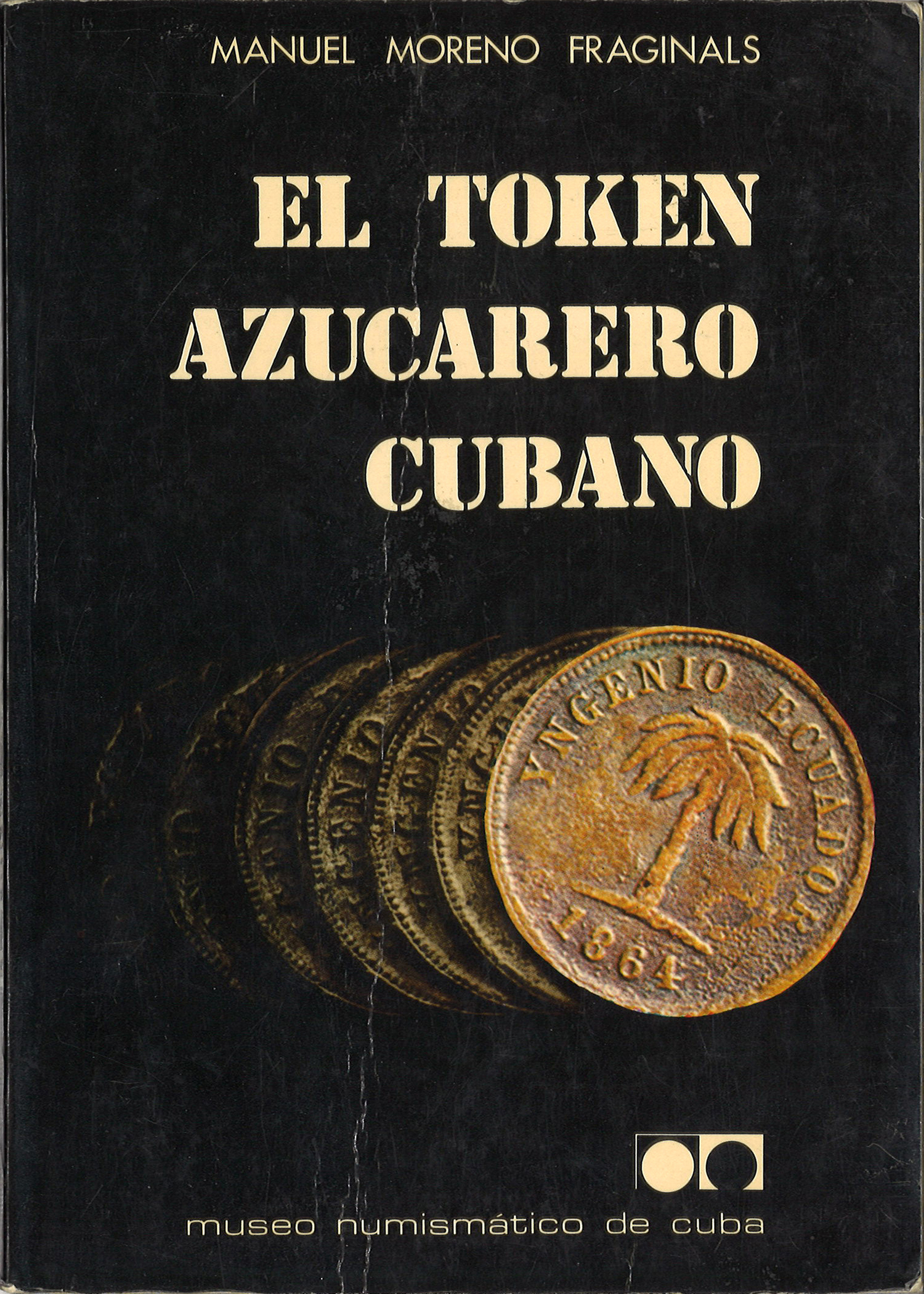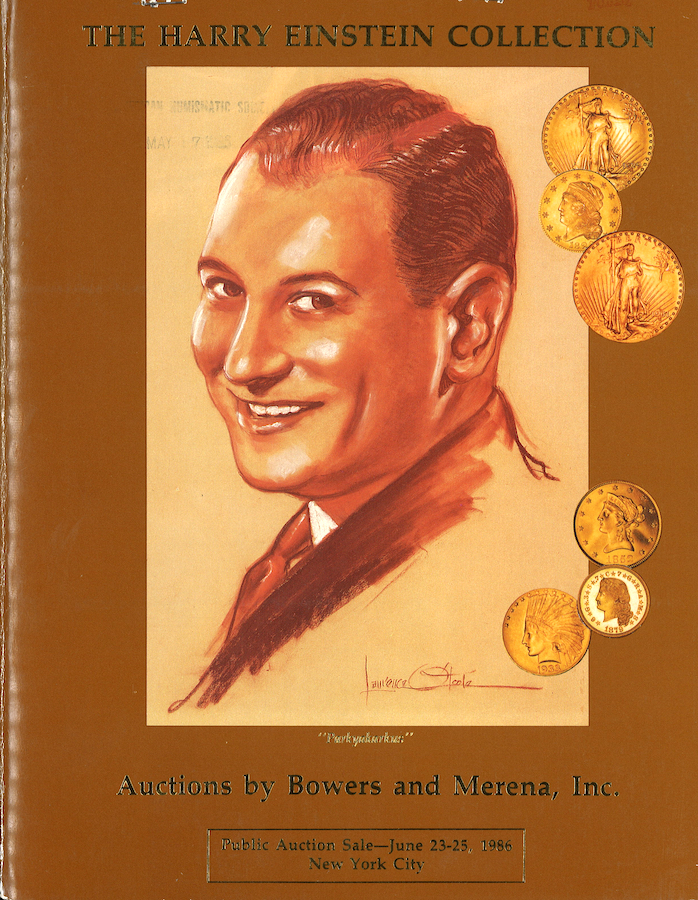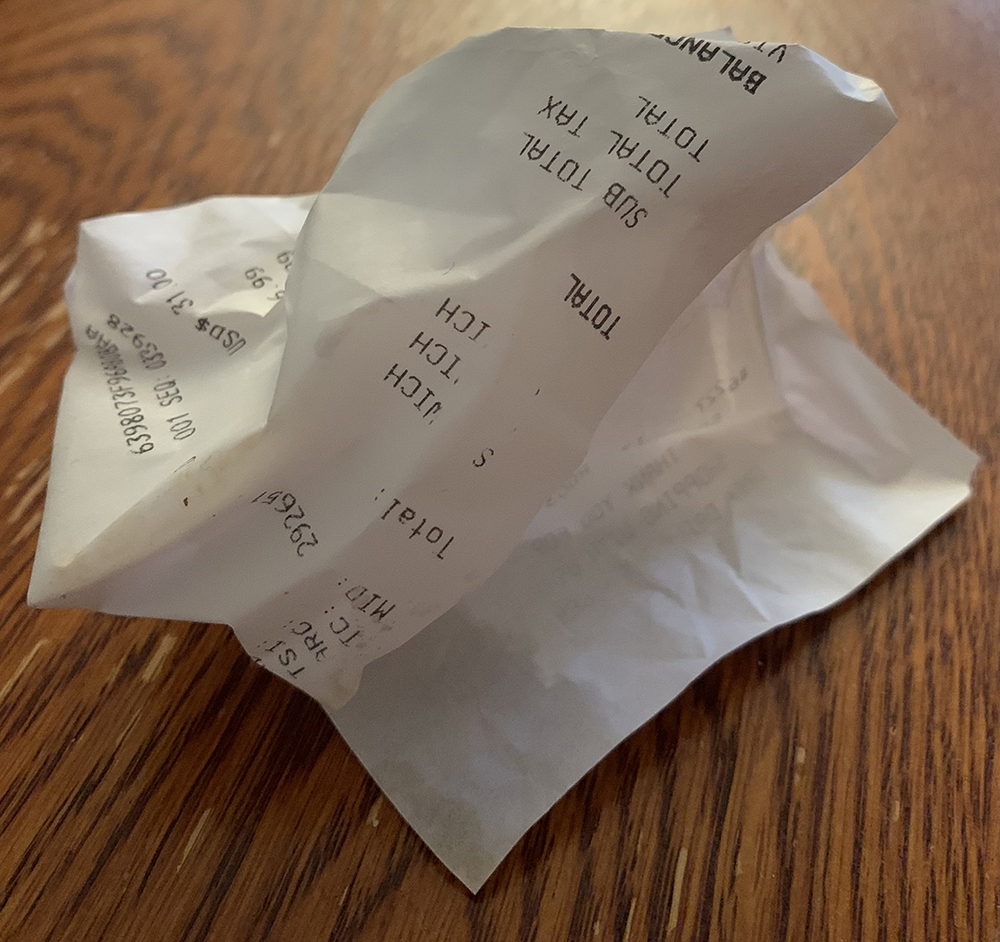A Numismatic Reunion
Guest post by David D. Gladfelter. David studies, writes, and speaks about the history of bank note engraving and printing, and collects interesting items in this wide field. A retired attorney and ANS fellow, he and his wife, Valerie, live in Medford, NJ.
First came the biography, a 1931 account of the life of the British-born engraver William Rollinson (1762–1842, fig. 1), written by Robert W. Reid and Rollinson’s great-grandson Charles Rollinson.

Their monograph tells of the engraver’s coming to New York in 1789, finding work in the shops of various silversmiths, and soon turning to copper-plate engraving which occupied him for the rest of his life. At the end appears a sampling of 18 of Rollinson’s engravings—calligraphic, ornamental, glyphic and scenic—plus a printed circular (fig. 2) which Rollinson had sent to various banks in 1811, soliciting orders for bank notes produced by a ruling machine he had invented. Several of these exhibits came from the personal collection of Charles Rollinson, but the source of the circular was the collection of the New York Public Library.

Notice that the circular mentions an accompanying “specimen of work … entirely novel, and of my own invention, and which cannot be imitated by first rate artists so as to deceive common observers.” Also notice among the exhibits a “Specimen” engraved bank note (fig. 3) on the Middle District Bank of Poughkeepsie, New York, with the imprint “Leney & Rollinson Sc. N.Y.”

Next came Robert A. Vlack’s short-titled Catalogue of Early North American Advertising Notes in 2001. Item 4640 in the catalog is a specimen bank note dated March 1, 1811 with the imprint “Leney and Rollinson Sculpt. N. York.” The description notes a “pink tint”, a quite early use of a tint on a bank note. Item 4645 is the same design with a “light blue tint”. These tints consist of straight parallel ruled lines. The dates on this pair of specimens are the earliest of all of the notes listed in the Vlack catalogue.
An unlisted variety of Vlack 4640 has a waved-line pink tint (fig. 4) similar to the tint appearing on the Middle District Bank note. It didn’t take long for me to identify this specimen variety as the “specimen of work” that Rollinson had sent out with his circular. Notice that the date on the specimen is the same month (although not to the day) as the date on the circular.
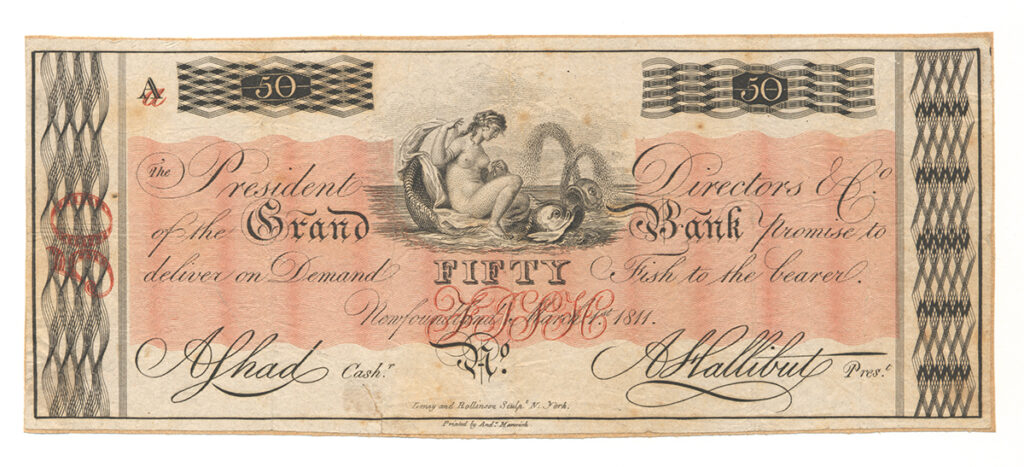
Rollinson evidently sent his circular and specimen far and wide. Among the respondents was the newly chartered Planters’ Bank of the State of Georgia, which ordered notes in seven denominations ranging from $1.00 to $100.00, listed in Haxby as GA-320 G2, G12, G22, G32, G42, G52 and G62, all designated as “surviving example not confirmed,” a term equivalent to “extinct” in the biological world. Later-discovered examples of the two highest denominations are seen to have been produced on the model of Rollinson’s specimen (figs. 5 and 6), both with similar waved-line pink tints and geometrically-ruled end designs. Despite Rollinson’s optimism, the $50.00 note was counterfeited! Notice of this phony note, having plate letter C, appeared in Bicknell’s Reporter of March 5, 1832, and other counterfeit detecters of the 1830s to 1860s.


But the best was yet to come.
A copy of Rollinson’s circular appeared in Heritage’s October 20, 2020 auction (lot 83078). The signature on this copy, Willm. Rollinson (fig. 7), differed from that on the NYPL copy (Wm. Rollinson).

But a handwritten notation on the back identified this as Rollinson’s personal copy which had escaped from the family’s custody prior to 1931 when his biography was published. The notation (fig. 8) reads: “My Circular letter to Banks/ enclosing a Specimen of my/ waved line Work/ WR”.
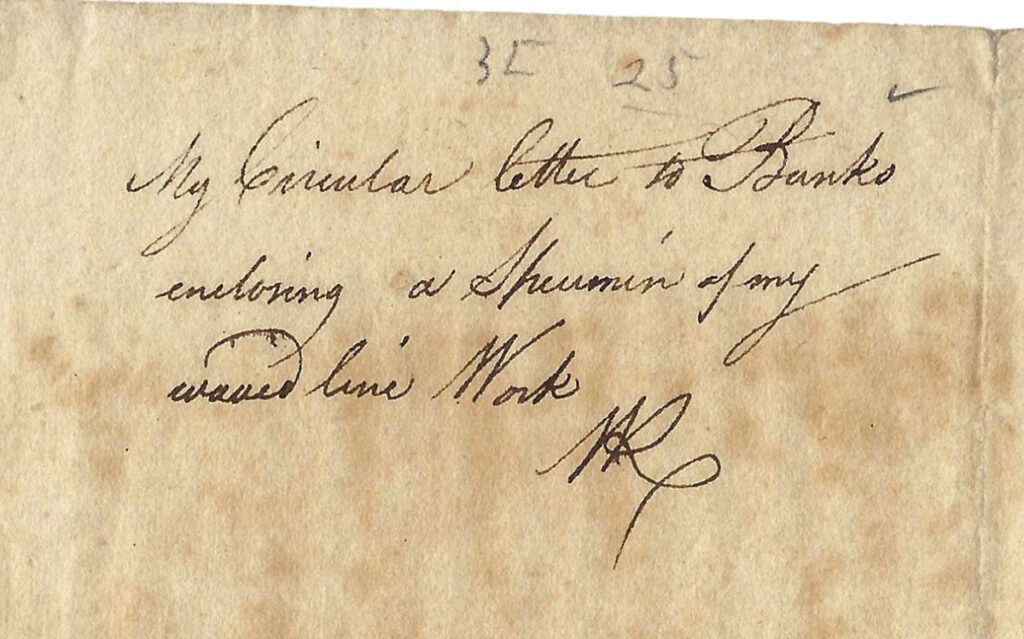
This circular is printed on bond paper with a faint powder horn watermark. Rollinson’s signature is manually written, not printed.
As for its provenance, all we know is what Dustin Johnston, Heritage’s cataloguer, can tell us: That it was discovered by a book dealer on the East Coast who consigned it to the auction.
REFERENCES
David D. Gladfelter, “William Rollinson’s Novel Bank Note Sample,” Paper Money 49.1: 58–60 (Jan./Feb. 2010).
James A. Haxby, Standard Catalog of United States Obsolete Bank Notes, 1782–1866, vol. 1 (Iola, WI: Krause Publications, 1988), 301–303.
Robert W. Reid and Charles Rollinson, William Rollinson, Engraver (New York: Privately published, 1931).
Robert A. Vlack, An Illustrated Catalogue of Early North American Advertising Notes (Ads That Look Like Paper Money (New York: R. M. Smythe & Company, 2001).
Personal correspondence between the author and Dustin Johnston, November 5, 2020.


